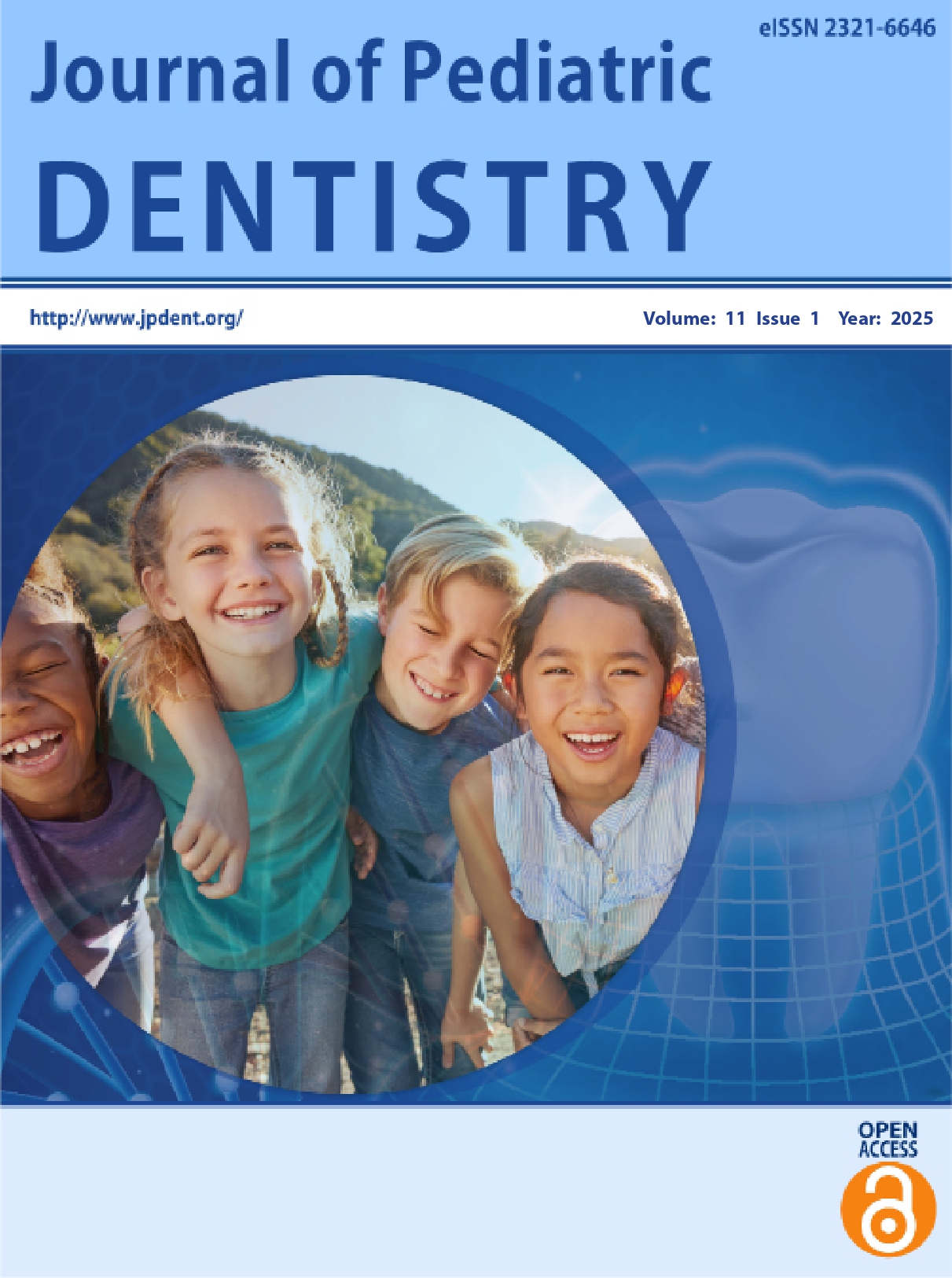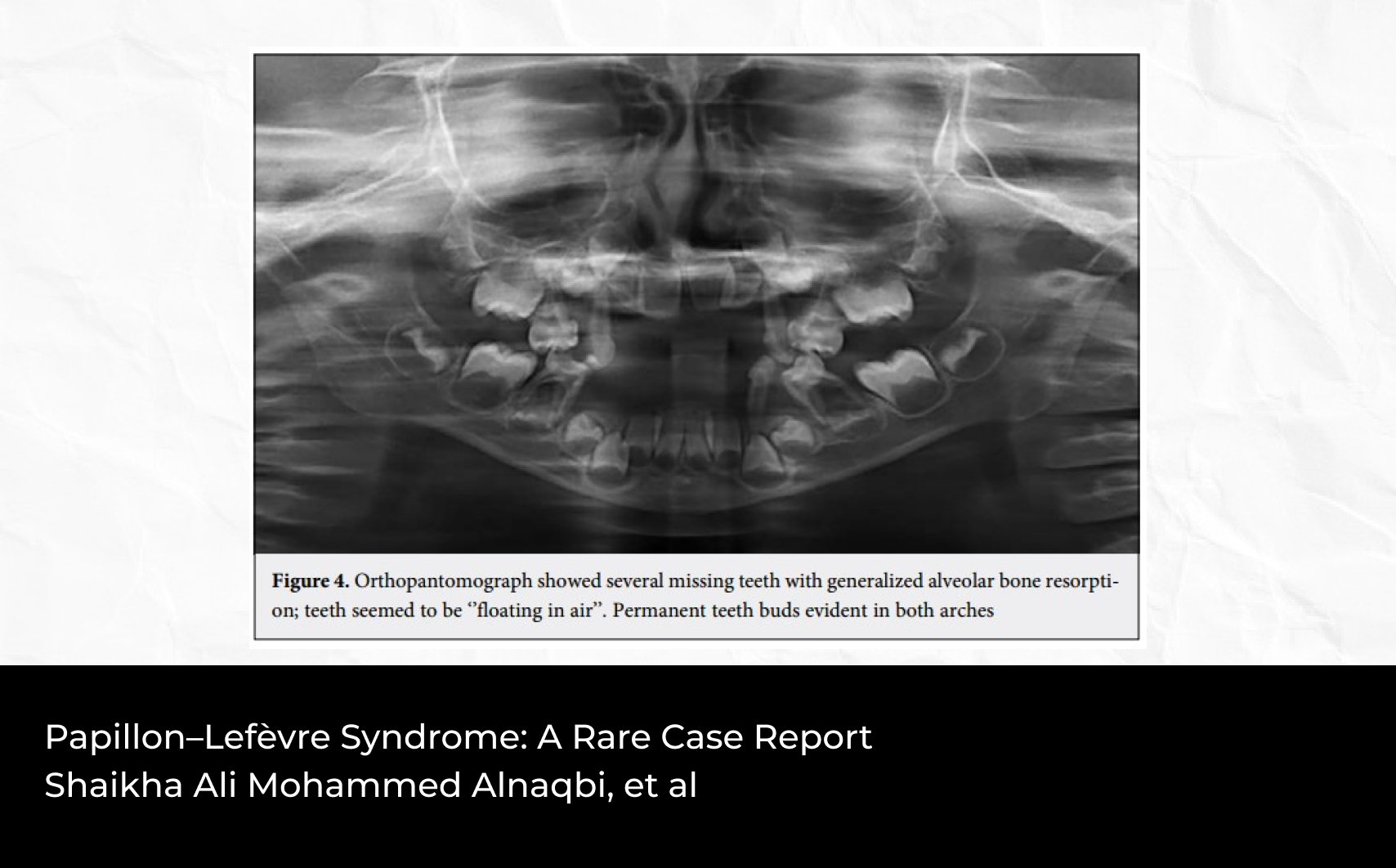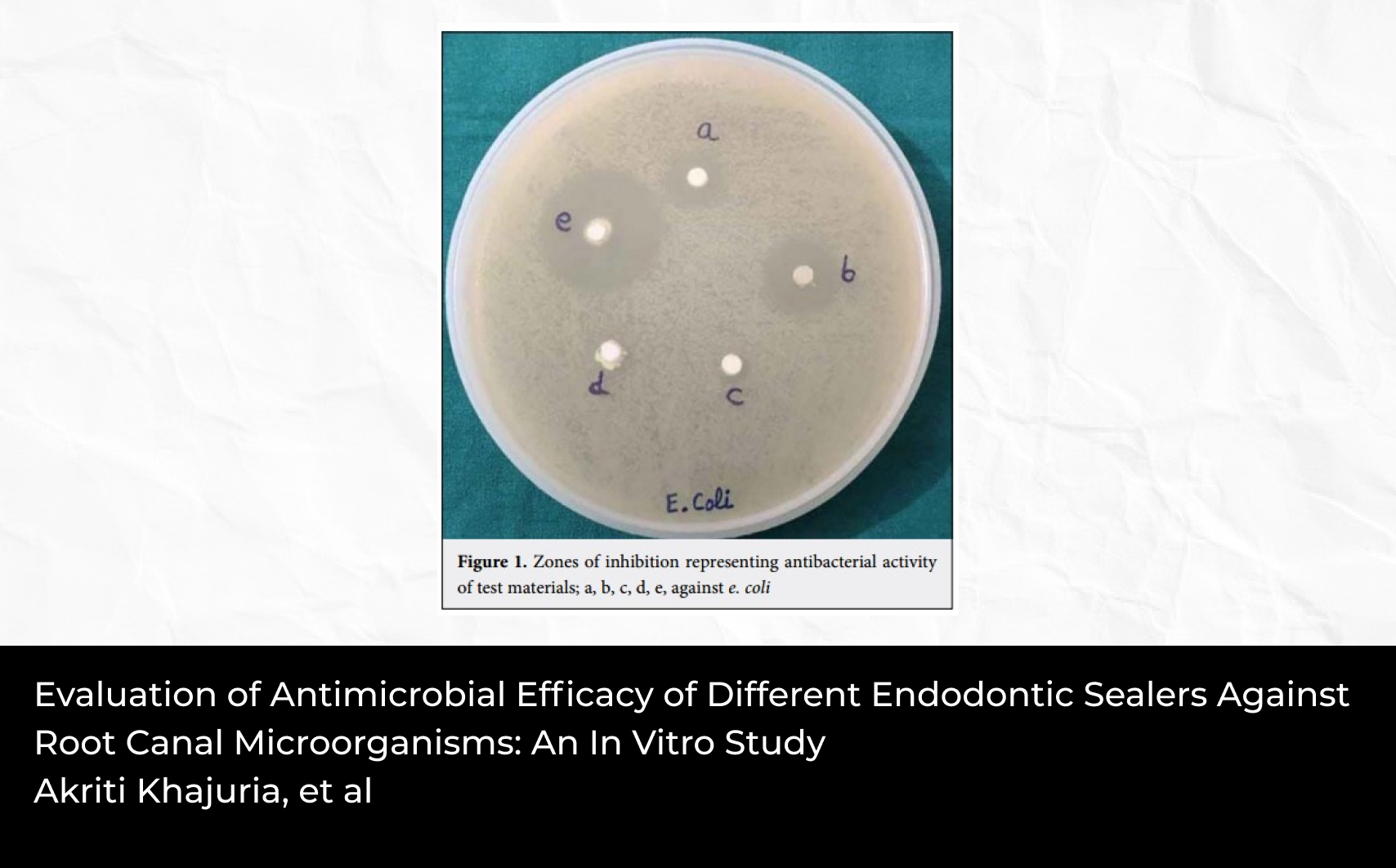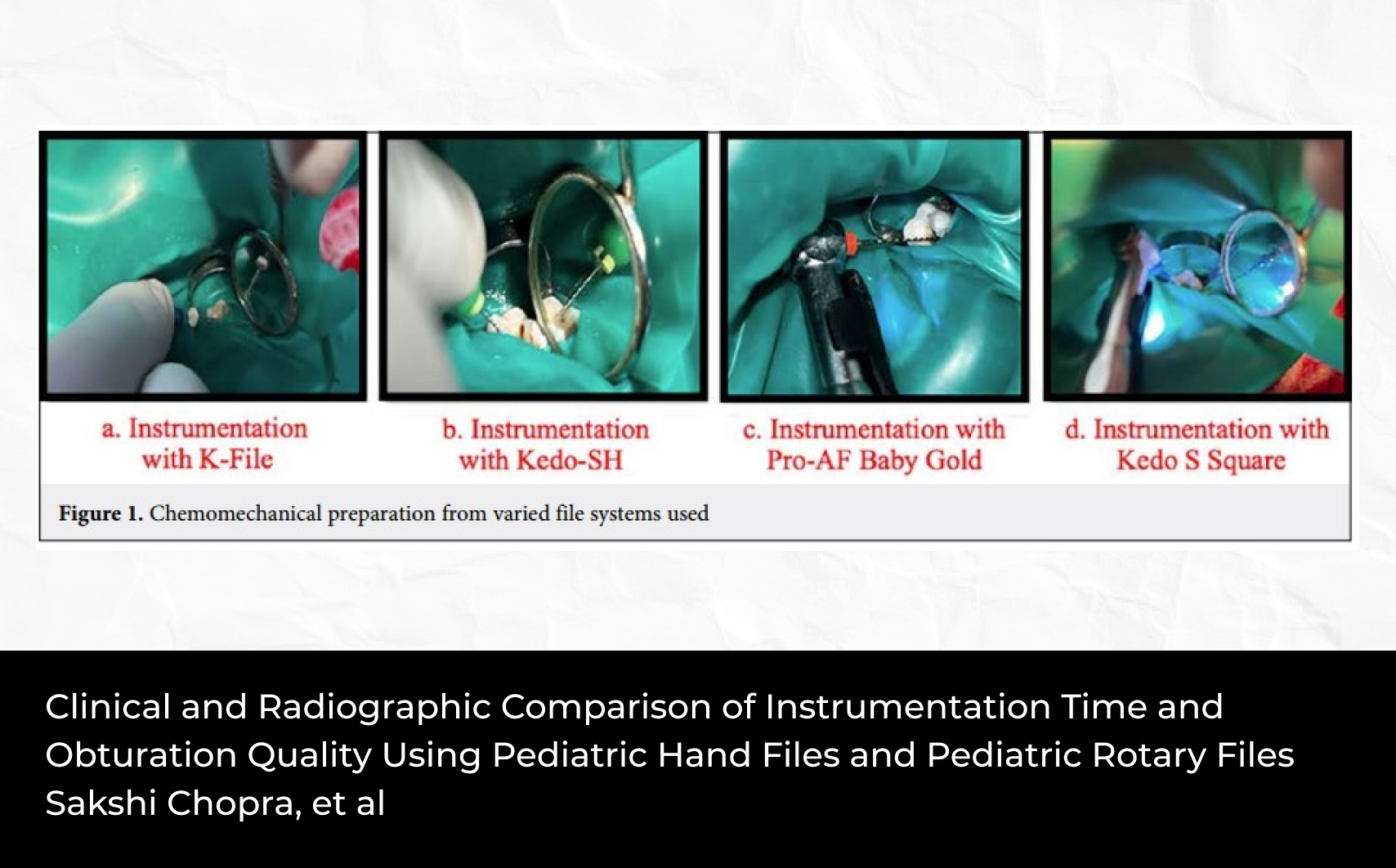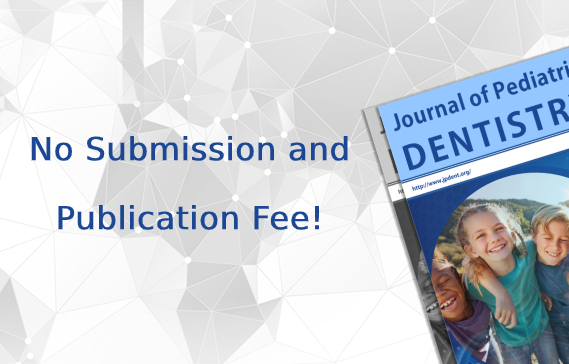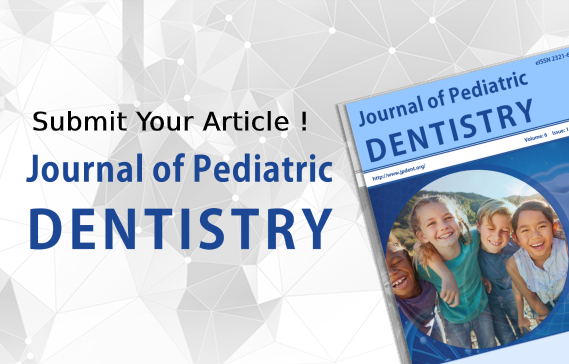2General Microbiology Department, Paulo de Góes Microbiology Institute, Universidade Federal do Rio de Janeiro, Rio de Janeiro, RJ, Brazil
Abstract
Objective: The aim of this study was to evaluate the effect of sealants on the prevention of enamel demineralization and on biofilm metabolic activity.
Materials and Methods: Cavity preparations were performed on 45 blocks of bovine teeth (4x4x4 mm) randomly assigned to three groups (n=15): RI-Riva Light Cure®/SDI; EM-Embrace™ WetBond™ Pulpdent Corp.®; and CO-Natural Flow/DFL resin (negative
control). The sealed blocks were subjected to thermocycling (500 cycles/30 s). Half of the blocks were covered with acidresistant varnish to create a control area (RI, EM, and CO) and an experimental area (RI-EX, EM-EX, and CO-EX). They were subsequently exposed to Streptococcus mutans biofilm for assessment of demineralization by the Knoop microhardness test (50 g/15 s), at 25, 50, 100, 150, and 200 μm from the interface. In another test, the cylinders of the sealants (4 mmx3 mm) were subjected to the biofilm metabolic activity test.
Results: The RI-EX group showed higher microhardness than CO-EX (p<0.05) and less demineralization when compared to RI at all distances. Microbial activity was lower in EM compared to CO, but not statistically significant in relation to RI.
Conclusion: Both sealants can inhibit enamel demineralization in the presence of S. mutans biofilm.

